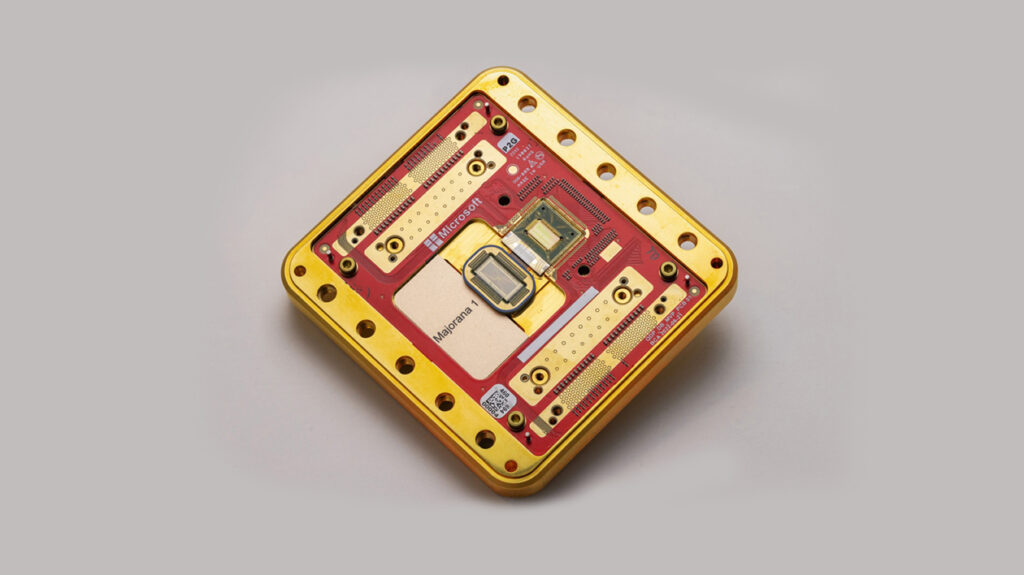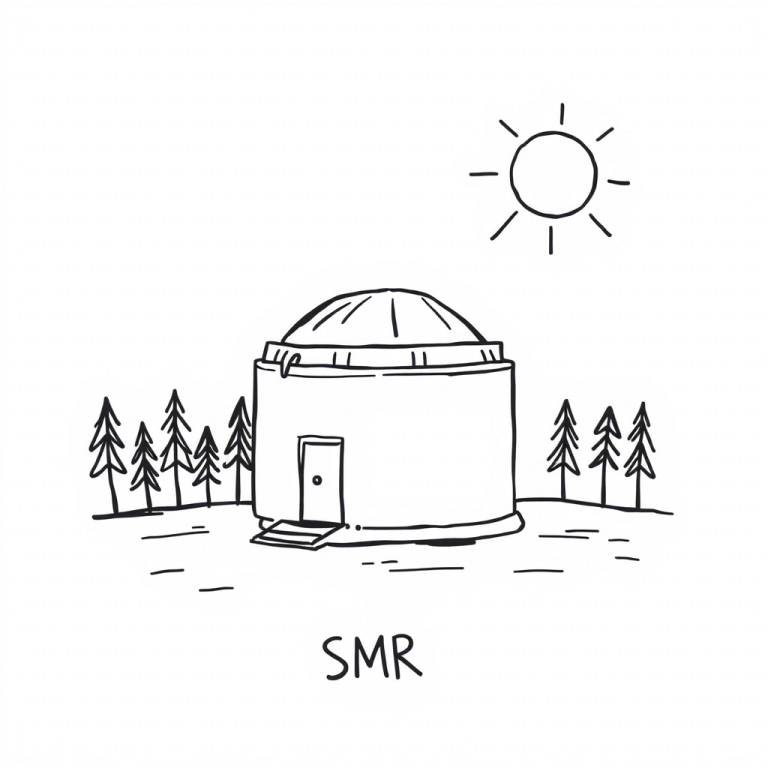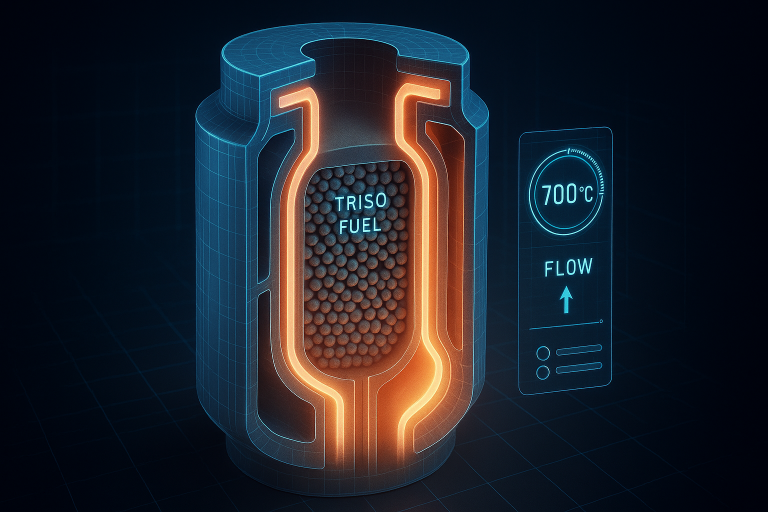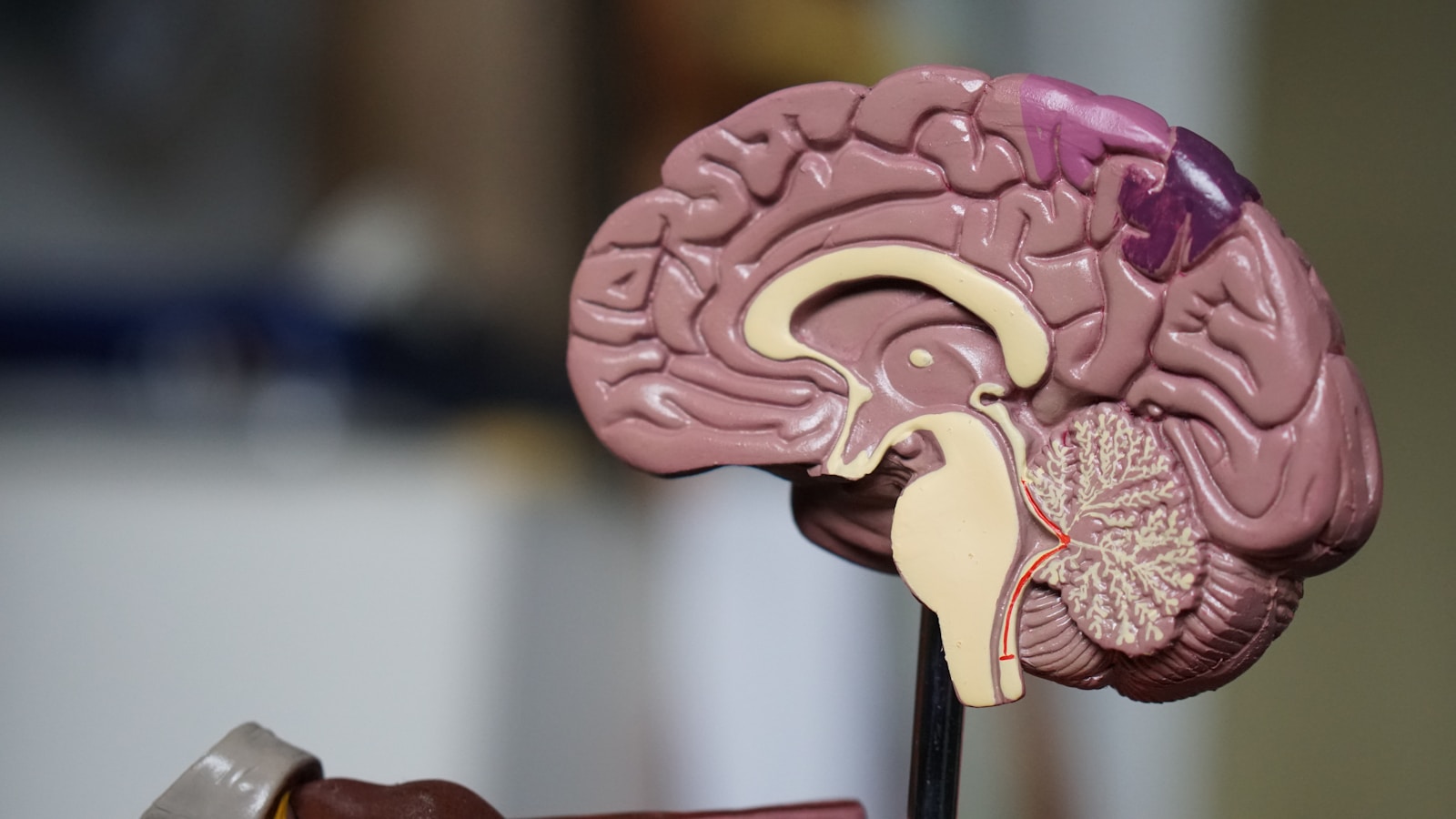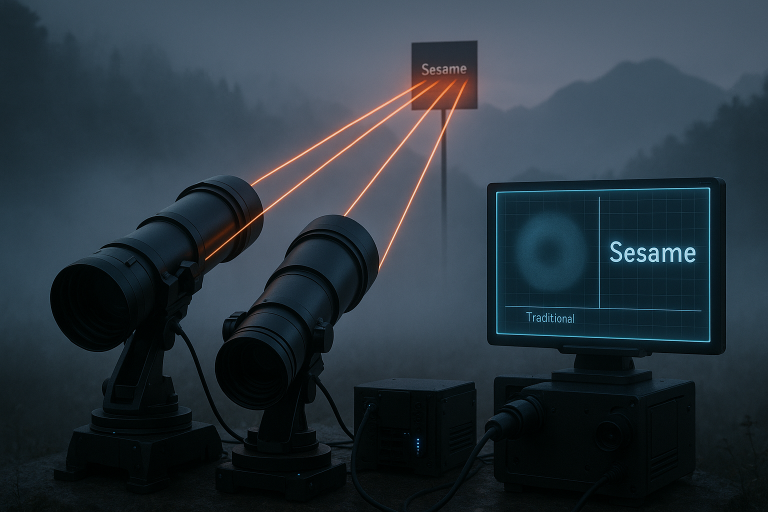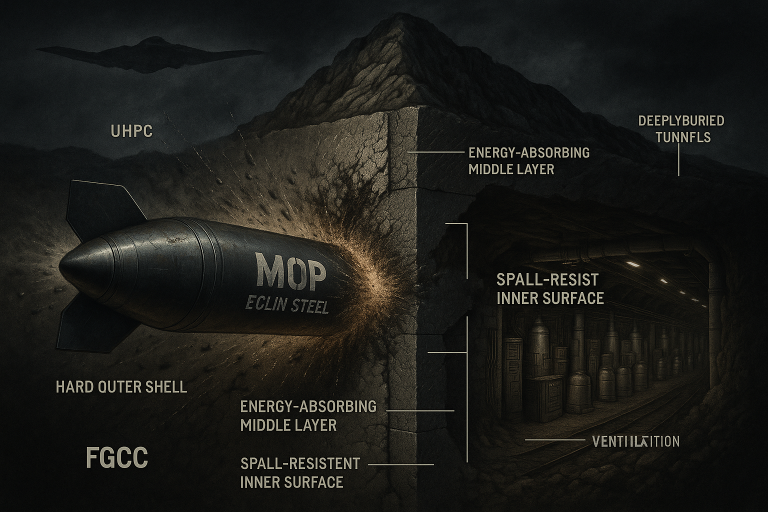Microsoft develops quantum chip with never-seen-before material, aiming for million-qubit computers
Microsoft has unveiled its Majorana 1 quantum processor, a significant breakthrough in quantum computing that leverages a topological core architecture. This development is not only a major advancement in computing technology but also introduces an entirely new class of material—topoconductors—that could redefine how quantum computers are built and scaled.
With quantum computing positioned as a transformative force across various industries, Microsoft’s approach could play a crucial role in overcoming some of the most persistent challenges in the field. However, while the announcement has been met with enthusiasm, it also invites scrutiny regarding the technical and practical hurdles that must be addressed before fault-tolerant, scalable quantum computers become a reality.
The Need for Scalable Quantum Computing
Quantum computing is widely regarded as the next frontier in computational power, with the potential to revolutionize fields such as materials science, cryptography, artificial intelligence, and pharmaceutical development. Unlike classical computers, which process information using binary bits (0s and 1s), quantum computers use qubits, which leverage quantum mechanics to exist in multiple states simultaneously.
This ability, known as superposition, allows quantum computers to perform certain calculations exponentially faster than even the most powerful supercomputers today. However, qubits are notoriously fragile and prone to decoherence, meaning they can lose their quantum state due to interactions with their environment. This instability makes it difficult to scale up quantum computers while maintaining error-free computations.
Microsoft’s Majorana 1 processor seeks to address this challenge by introducing a fundamentally new approach to qubit design—one that could improve stability, scalability, and error correction.
The Science Behind Microsoft’s Majorana 1
At the core of Majorana 1 is a revolutionary new material called a topological superconductor or topoconductor. Microsoft created this material by layering indium arsenide (a semiconductor) and aluminum (a superconductor) on an atomic scale. When cooled to temperatures near absolute zero and exposed to a magnetic field, these materials produce what are known as topological superconducting nanowires.
These nanowires can host Majorana Zero Modes (MZMs)—exotic quasiparticles theorized nearly a century ago but only recently demonstrated in experimental setups. These MZMs function as qubits by storing quantum information in a way that is less susceptible to external noise.
Unlike conventional qubits that rely on the delicate spin states of electrons or photons, topological qubits use a concept called parity, which refers to whether the system contains an odd or even number of electrons. Since electrons move in pairs inside a superconductor, detecting an odd number of electrons provides a reliable marker of quantum information.
However, in topoconductors, MZMs share unpaired electrons, making them “invisible” to the environment. This fundamental property helps protect the quantum state from external interference, reducing error rates—a critical step toward fault-tolerant quantum computing.
Error Correction and Scalability: Microsoft’s Unique Approach
Error correction remains one of the greatest challenges in quantum computing. Traditional quantum error correction (QEC) requires significant redundancy, with multiple physical qubits needed to encode a single logical qubit to mitigate errors. This redundancy increases hardware complexity and limits scalability.
Microsoft’s Majorana-based qubits offer a novel solution. By using digital switches to couple the nanowire ends to a quantum dot, which stores an electrical charge, engineers can effectively read the state of qubits without disturbing them. This approach makes quantum measurement more robust and efficient, potentially reducing the overhead required for error correction.
Unlike conventional QEC techniques that must be fine-tuned for each qubit, Microsoft’s approach enables multiple qubits to be controlled with simple digital pulses, significantly simplifying large-scale quantum architectures.
This innovation is crucial as Microsoft aims to build a fault-tolerant prototype (FTP) in the coming years, which could be a stepping stone toward a practical million-qubit quantum computer.
Potential Applications of Majorana-Based Quantum Computing
If Microsoft succeeds in scaling its topological quantum computing approach, it could unlock solutions to problems that are currently intractable with classical computing. Some key potential applications include:
1. Drug Discovery and Material Science
Quantum computers can simulate molecular structures and interactions with unprecedented accuracy, accelerating drug discovery and the development of new materials for energy storage, superconductors, and nanotechnology.
2. Optimization Problems
Many industries, including logistics, finance, and artificial intelligence, rely on solving complex optimization problems. Quantum computing could provide exponentially faster solutions for route planning, portfolio management, and machine learning algorithms.
3. Cryptography and Cybersecurity
Quantum computers could break traditional encryption methods, but they also offer the potential for quantum-secure cryptographic techniques, ensuring data security in a post-quantum era.
4. Climate Modeling and Weather Prediction
Accurately modeling climate systems and predicting extreme weather events is computationally intensive. Quantum computing could help process vast amounts of climate data, leading to more precise models and better climate policy decisions.
Challenges and Considerations
While Microsoft’s Majorana 1 represents a bold step forward, significant technical and practical challenges remain:
- Hardware Constraints: The requirement for ultra-low temperatures (near absolute zero) makes quantum systems complex and costly to maintain.
- Scalability Issues: While an eight-qubit prototype has been demonstrated, transitioning to a million-qubit system will require breakthroughs in manufacturing, reliability, and integration.
- Competition from Other Quantum Approaches: Companies like IBM, Google, and Rigetti are pursuing alternative quantum architectures, such as superconducting and trapped-ion qubits, each with its own advantages and limitations.
- Economic Viability: Quantum computers must eventually demonstrate real-world advantages that justify their cost and complexity before widespread adoption can occur.
Microsoft’s Vision for the Future
Despite these challenges, Microsoft remains optimistic about the future of topological quantum computing. The company’s roadmap focuses on building a fault-tolerant prototype before progressing toward a scalable quantum system.
Additionally, Microsoft’s approach has attracted support from organizations like DARPA, which is funding research into quantum computing through its US2QC (Underexplored Systems for Utility-Scale Quantum Computing) program. This backing underscores the strategic importance of quantum technologies in shaping the future of computing, national security, and scientific discovery.
Microsoft’s Majorana 1 quantum processor is an exciting breakthrough that offers a new pathway toward fault-tolerant quantum computing. By leveraging topological superconductors and Majorana Zero Modes, the company has introduced a potentially more stable and scalable qubit architecture.
However, while the theoretical and early experimental results are promising, the transition from an eight-qubit prototype to a million-qubit quantum system is a formidable challenge. Technical hurdles, engineering limitations, and commercial viability remain key areas of concern.
Nonetheless, the pace of quantum innovation continues to accelerate, and Microsoft’s approach—alongside competing technologies—brings us closer to a future where quantum computing could reshape industries and scientific exploration.
The next few years will be crucial in determining whether Microsoft’s Majorana 1 will live up to its ambitious promise. If successful, it could mark a defining moment in the quantum computing revolution.

